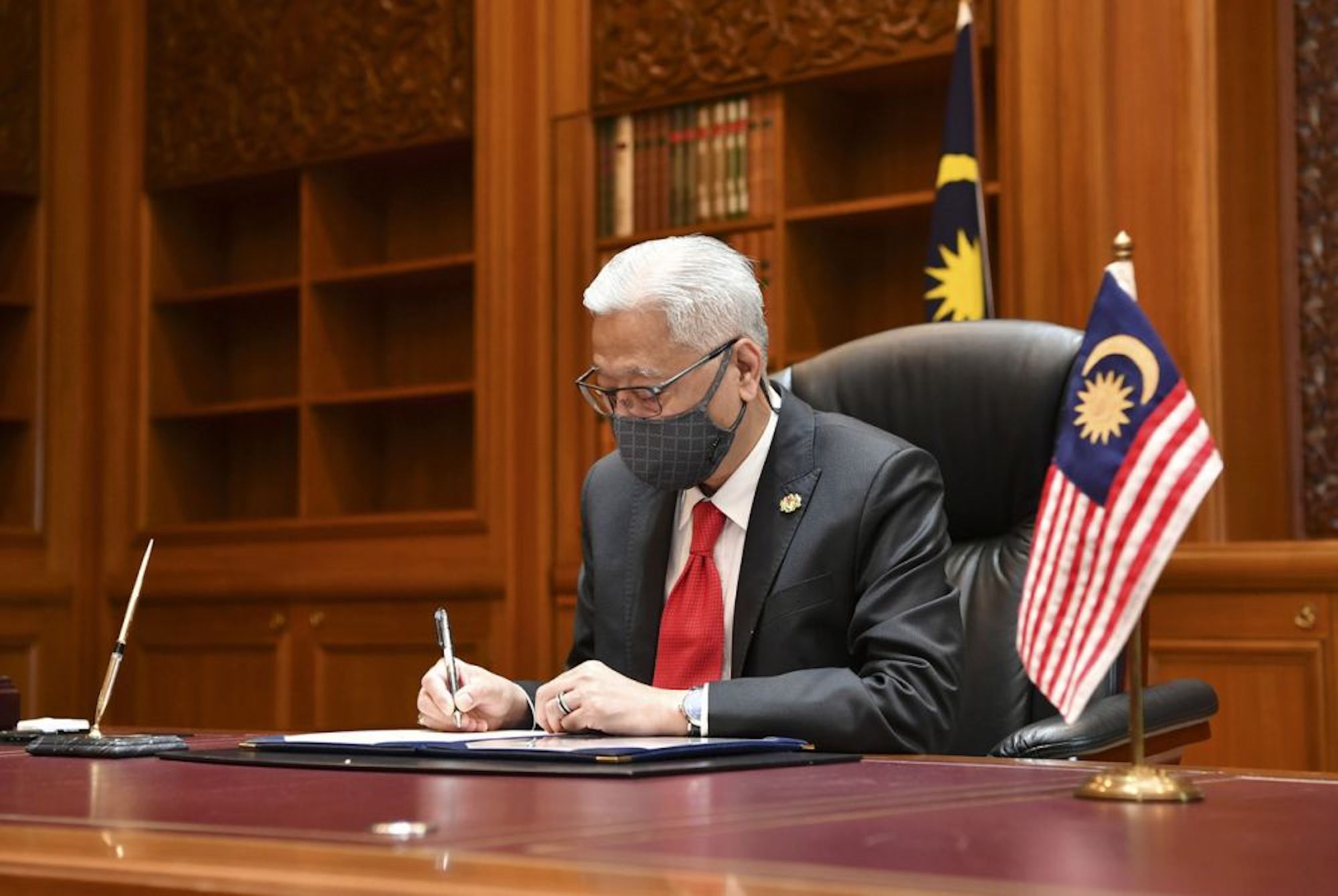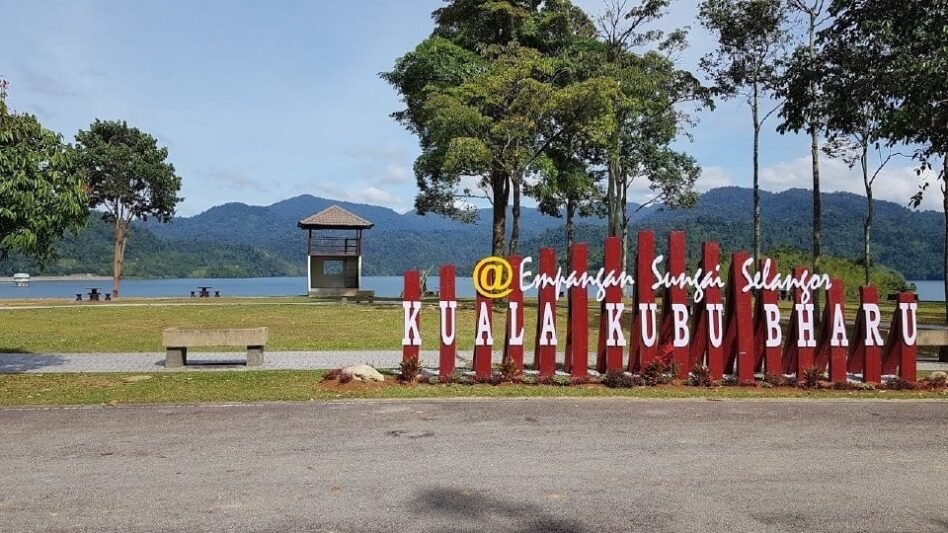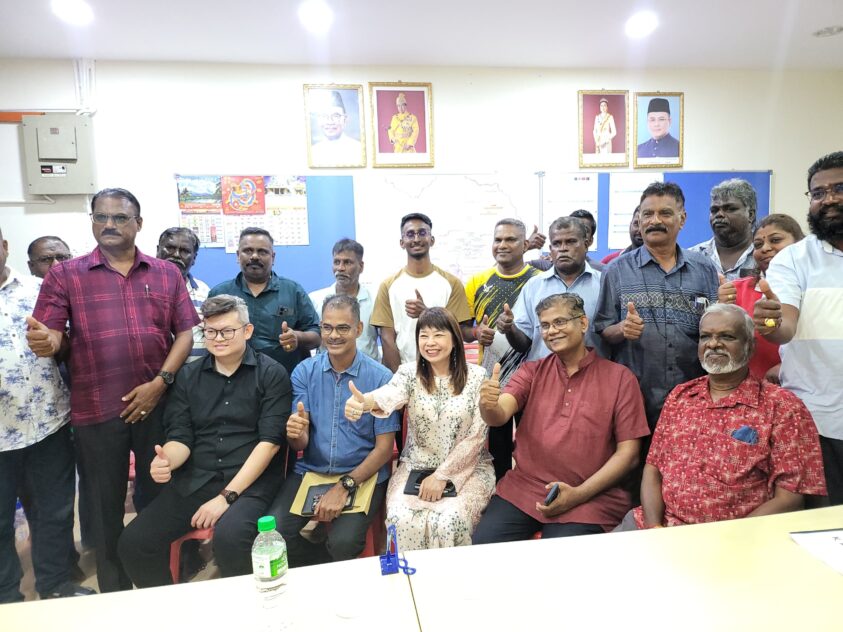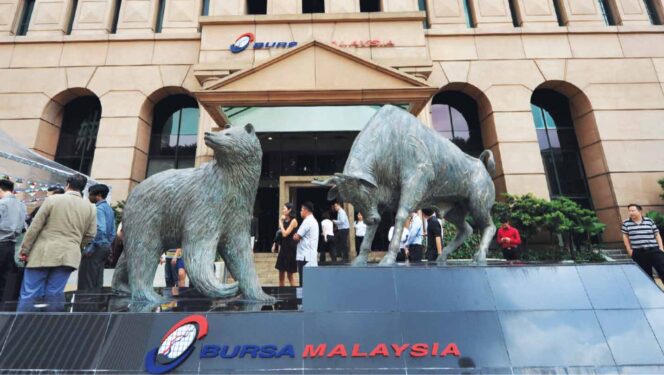MALAYSIA’S exports are composed up to 20% of the country’s gross domestic product (GDP). It may seem healthy and large but it is not when compared to the likes of South Korea and Japan.
Both countries’ GDP export exposure to China alone is between 25% and 30% yearly, when free from any geopolitical constraints such as the South Korea’s handling of the “comfort women” issue, which in the view of Japan, has been legally and financially resolved.
In the case of Japan, it does not mollycoddle Taiwan, led by the Democratic Progressive Party (DPP) more than it already does. Be that as it may, the intra-regional trade of China, Japan and South Korea on most occasions can and have exceeded 80% for the last twenty years, come rain or shine.
As for Malaysia, we are located in the hub of Southeast Asia. All foreign direct investments (FDIs) from abroad tends to enter via Singapore first. In fact, up to 50% of the FDIs into the Association of Southeast Asian Nations (ASEAN) are parked at Singapore before they are invested to the rest of the region.
Has anyone seen the Singapore dollar weakening since August 1965, the year that it was expelled from the Federation of Malaysia? The answer is a clear no. That is because since the 1980s, under the leadership of the late Prime Minister Lee Kuan Yew, he transformed Singapore into an international trading outpost of the region.
For the lack of a better word, Singapore has pivoted itself away from being what the late Yoshihara Kunio at Kyoto University, called “Ersatz Capitalism,” which is a capitalist model of production without any value added-ness and production.
Singapore – with it being under Senior Lee, his successor Goh Chok Tok, and Prime Minister Lee Hsien Loong, through three generations of leaders – decided to move itself away from being a manufacturing centre but a service economy that is focused on regional banking, financial hub and the fount of international intellectual property centre.
Indeed, one that is not averse to having a stronger currency. This has, in turn, allowed the Singapore dollar to remain just as competitive with a basket of Australian, Canadian, European and Japanese currencies, not excluding renminbi.
Whether renminbi can displace the US dollar as the preferred international currency of trade is yet to be seen.
However, renminbi is now used in 4% of global trade, although this figure could rise to 7% by 2023 or 2024 if China does not suffer from a serious recession that is derivative from a strict protocol of a “Dynamic Zero Policy”. In any case, Singapore is well placed to handle the global fluctuation in the world economy.
The threat of contracting by up to 15% of its GDP as was the projection made by the Singapore Monetary Authority in 2020 and 2021, due to the need to prevent a severe outbreak of COVID-19.
But it is no longer a serious systemic threat despite the fact that Singapore’s US$320 bil GDP is exposed to the international trade by more than 350%!
Don’t underestimate Pakatan
The Malaysian economy has the GDP size almost similar to Singapore, and the same degree of exposure to global trade too. But Malaysia does not have any systematic plan to transform its ringgit into a “pillar of strength”. This is both unfortunate and a strategically flawed approach.
Without a strong currency, coupled with a food import that goes up to 60% annually, Malaysia is vulnerable to importing the inflation of the world. More importantly, some seven million foreign immigrants are estimated to work in the formal and informal economy of Malaysia.
With a national economic template that is geared towards an affirmative action policy focusing on the majority race, the other races in the country may feel left behind, creating pockets of under-development all over the country.
For example, Sabah is a resource-rich region in Malaysia. Yet, it is the poorest of the thirteen states. Ipoh used to be the second richest state in Malaysia during the heydays of tin and rubber, when Malaysia was the key exporter in the world of the said commodities.
But now, Perak is now the second poorest state in Malaysia. Obviously, the political economy and market-based policies of Malaysia have gone drastically wrong for at least two decades.
The very fact that the people are constantly urging for ‘All but UMNO’ (ABU) is a sign that even with the handouts from the 1Malaysia Development Bhd (1MDB) theft, the Malaysian economy cannot make do with the old trajectory.
Indeed, despite claiming that UMNO is back in three state elections in the last two years, the percentage of UMNO and Barisan Nasional (BN) voters have not gone up at all!
In a one-to-one contest, between Pakatan Harapan and BN, the latter would be defeated. While about seven million new voters may not know Pakatan’s struggles, they know little of BN’s either. Besides, the political big wigs of the latter have become corporate and Government ministers.
With Prime Minister Datuk Seri Ismail Sabri Yaakob is likely to drag the general election to the middle of next year, when the global economy will worsen, as the Russia- Ukraine war may last that long, the Malaysian economy looks likely to be in a serious pickle.
In this sense, no one should count Pakatan out, let alone its chairman Datuk Seri Anwar Ibrahim. History has shown that when all odds are down, he is the kind of leader who has the political savviness to hit back, with the proviso that other coalition leaders know how to follow his lead by entering the “ego free zone”.
As things are, the economic picture of Malaysia whether currently or in the future does not look pretty to say the least. At 60% of import, the food import cost alone is a about whopping RM60 bil.
Be it vegetables, fertilisers and even locally produced food, the prices are all heading upward. A mere fried chicken wing was barely RM3 per piece sold on the road side last week but it is now 10 sen shy of RM 4; though it can be RM 3.80 or RM 3.70 if the hawkers have no choice but to bite the bullet by selling it cheaper than their fellow competitors to increase their daily yield.
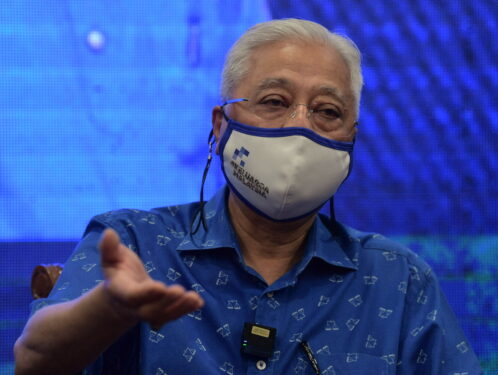
Bigger economic storm looming?
A price war between B40 and B60 is a race to the bottom. Indeed, as of May 19, the ringgit weakened further to open lower at RM4.4 against the US dollar, the lowest since March 2020 following a hawkish stance by the US Federal Reserve (Fed) to tighten its monetary policy.
To be sure, there is every sign that the Fed will continue to increase their interest rate to fight back the inflation in the US, which stands at 8.3% the worst in 40 years.
As Anwar correctly thundered: “What is Putrajaya’s plan in going forward?” Silence is not elegant anymore when a serious economic storm is facing the country.
Even Indonesia has banned their palm oil export in order to reduce the price of their edible oil, at a time when palm oil is more than US$6,653 per tonne. The cost to Indonesian government’s state coffer? US$3 bil a month.
If Jakarta dares to take such a courageous move, Putrajaya must learn from it otherwise the ringgit’s value will continue to shrink while the labour put in by Malaysians and migrant workers will not be proportionate to the hard work they put in day in and day out.
And this is a recipe for collective rustiness and unruly behaviour at micro and macro level, as witnessed in Sri Lanka. – May 23, 2022
Dr Rais Hussin is the president / CEO of EMIR Research, an independent think tank focussed on strategic policy recommendations based on rigorous research.
The views expressed are solely of the author and do not necessarily reflect those of Focus Malaysia.


